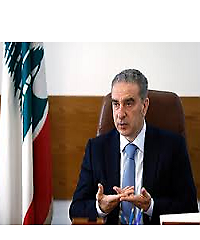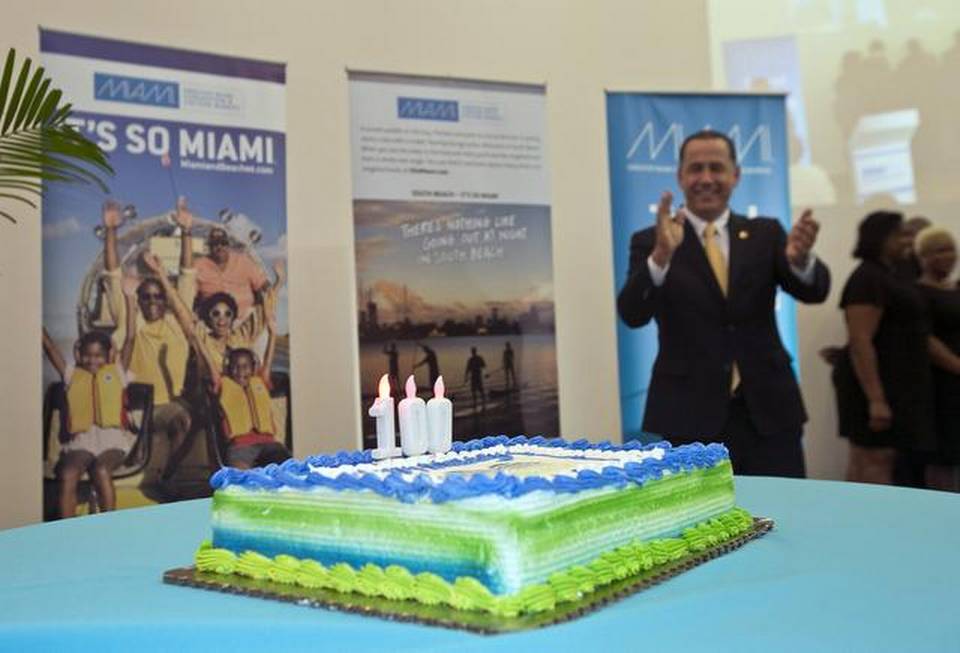A trio of Simon Fraser University researchers has secured $2.4 million in new funding as Canada Research Chairs. They are among 137 new and renewed chairs at 34 post-secondary institutions.
SFU receives funding for two new chairs and a renewed chair:
Computing science professor Jian Pei is the new Tier 1 Canada Research Chair in Big Data Science. Widely regarded as one of the world’s top experts in data mining, Pei is trailblazing ways to analyze the exponential growth of information, known as big data.
Pei’s research deals with data sets too large to be captured, stored and analyzed by traditional database tools, in particular applications such as social networks, healthcare informatics and business intelligence.
A prolific author, Pei is cited as one of the top 10 authors worldwide in the field of data mining, according to Microsoft Academic Search. He is the recipient of several prestigious awards including induction as a fellow of the Institute of Electrical and Electronic Engineers and NSERC’s Discovery Accelerator Supplements Award. An ACM Distinguished Speaker, Pei is a highly sought-after lecturer with SFU’s new professional master’s degree program in big data.
Valorie Crooks, an associate professor in the Department of Geography and a Michael Smith Foundation for Health Research Scholar, is a health geographer who specializes in health services research. She holds the new Tier 2 Canada Research Chair in Health Geographies.
In 2008, Crooks became the first Canadian researcher to receive a Canadian Institutes of Health Research (CIHR) grant to study medical tourism. Since then, she has led many CIHR-funded studies investigating complex, overlapping ethical, equity and consumer issues generated by the industry’s prolific global growth.
Through the Medical Tourism Research Group, which she founded in 2009 at SFU, Crooks collaborates with numerous researchers on studying patients’ private purchase of medical procedures and treatments abroad. Her findings are regularly published in high-profile journals and disseminated through her research group’s website.
Crooks has also co-edited numerous books, including Working Bodies, which explores how Canadians living with chronic illnesses navigate workplace environments.
Paul Tupper uses mathematics and computer simulations to study phenomena in linguistics and cognitive science. His Canada Research Chair in Applied Mathematics has been renewed. Tupper’s research uses mathematics to study a variety of different phenomena. In collaboration with a psychologist who studies learning and attention, he is creating a computer model of how human subjects perform categorization tasks, with a goal to improve the design of software tools for training people to perform such tasks.
Together with linguists, he is also modeling how linguistic information, such as the sound of different vowels, is stored in the mind. These models could be used to study how and why languages change from generation to generation.
“We congratulate Drs. Pei and Crooks, whose excellence in research has been recognized with new Canada Research Chair (CRC) positions,” says SFU Vice President Research Joy Johnson.
“They join Dr. Tupper and more than 30 of their SFU colleagues who currently hold a CRC in support of outstanding innovative research in areas that further SFU’s research mission.”
source: http://www.sfu.ca / Simon Fraser University / Home> SFU News / October 24th, 2014
http://www.sfu.ca/sfunews/stories/2014/sfu-s-latest-canada-research-chairs.html



